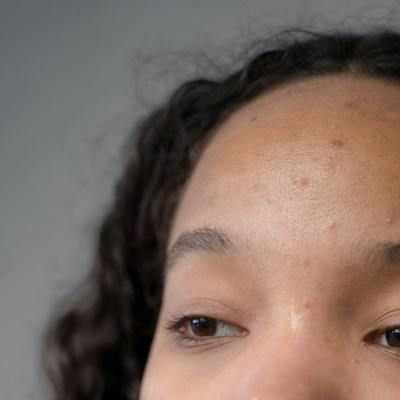Article
Botox Popularity Sustains Growth in Plastic Surgery Procedures
Author(s):
If breast augmentation is on the decline, then how did 2013 continue to see a 5% overall growth in plastic surgery procedures? The answer is simple: Botox.

Though breast augmentation is still the most sought-after plastic surgery procedure, its execution ironically fell 7% last year for the first time in decades. If the most popular cosmetic enhancement is on the decline, then how did 2013 continue to see a 5% overall growth in plastic surgery procedures? The answer is simple: Botox.
Patients who desire to maintain their healthy, youthful glow choose Botox (onabotulinumtoxinA) because of its ease of treatment, lack of lengthy recovery time, outstanding results, and relatively inexpensive price tag. But as more patients seek out Botox to diminish their signs of aging, many wonder about the injection’s long-term effects.
As plastic surgeons already know, Botox is a neurotoxin that targets the muscles associated with fine lines and wrinkles. By relaxing these tense muscles, fine lines fade and a patient appears younger and more relaxed. However, this slackening wanes over time, so additional injections are required to maintain the effect.
Since the results of each Botox injection only last between 6 months and 1 year, the treatment is perfectly safe over the long term. In fact, muscles treated by Botox regularly develop atrophy in response to a lack of use, which often means future treatments require less doses of onabotulinumtoxinA to achieve the same desired effect.
It is important to ensure patients understand that even though Botox is considered a non-invasive treatment, it is still a cosmetic procedure and should only be administered under the care of a board-certified plastic surgeon. The US Food and Drug Administration (FDA) recently sent letters to surgeons across the country, warning them about unregulated “Botox” products with neurotoxins from illegitimate sources or distributors. While these knockoff injections are cheaper, they are not examined with the same scrutiny applied to FDA-approved Botox products, and they can cause serious complications. Thus, the best way for patients to protect themselves is to select a reputable, board-certified plastic surgeon for their Botox treatments.
Since patients are always concerned about the safety of cosmetic treatments, physicians should assure them that many clinical studies focused on Botox support its long-term safety. In the hands of an established plastic surgeon, Botox is a great option for combating the signs of aging as soon as they start to arise.
Robert T. Grant, MD, MSc, FACS, is Chief of the combined Divisions of Plastic Surgery at New York-Presbyterian Hospital-Columbia University Medical Center and New York-Presbyterian Hospital-Weill Cornell Medical Center. He is also Associate Clinical Professor of Surgery in the College of Physicians and Surgeons at Columbia University and Adjunct Associate Professor of Clinical Surgery at Weill Cornell Medical College. For more information about Dr. Grant or to contact him, visit his website at www.robertgrantmd.com.





